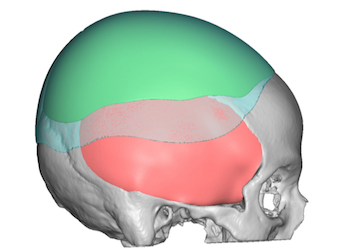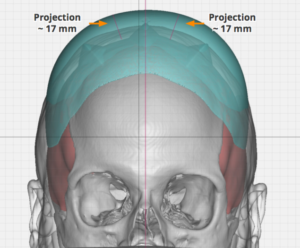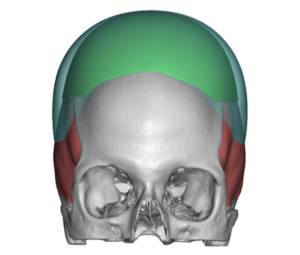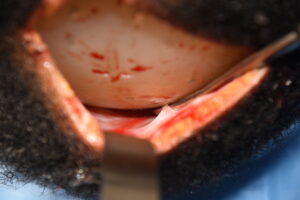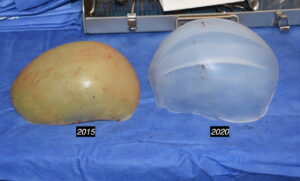Background: The most effective method of any form of aesthetic skull augmentation is through the use of a custom skull implant. In using such a skull augmentation technique the key is what volume and shape of the implant is needed. What shape is important for the external aesthetic appearance volume of the implant is actually more important.
In determining skull implant volumes the consideration of how much the scalp can stretch is key. While there is no preoperative test to make that determination, the thickness of the scalp is one key determinent. As a general rule the more skin pigmentation that exists the thicker the scalp is. Thicker scalps stretch more than thinner ones. But scalp stretch predictability aside I generally do not like to try and place a skull implant that has more than 150cc volume…unless a scalp expansion has been done first. First stage scalp expansion can allow for implant volumes of 150cc to 300ccs.
But some patients who have undergone a two-stage skull augmentation procedure (first stage scalp expansion and second stage custom skull implant) may decide to go on for more implant volume later. In so doing the question is how much more implant volume can be achieved? Does the existing skull implant act as a tissue expander as well? By experience I have learned that the answers are a skull implant does act like a tissue expander and more implant volume can be achieved later…even if a a prior scalp tissue expansion was done.


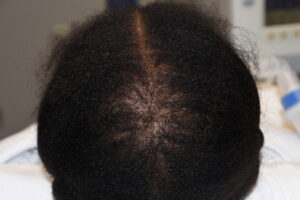
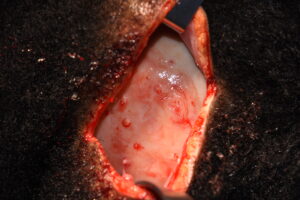


Case Highlights:
1) A second larger custom skull implant can be used to gain additional skull augmentation in the range of 30% to 50% more volume.
2) In designing a skull implant with more volume it usually needs to have a larger footprint as well for a more normal shape.
3) Larger skull implants benefit by the use of internal wedges in the design for placement.
Dr. Barry Eppley
Indianapolis, Indiana

